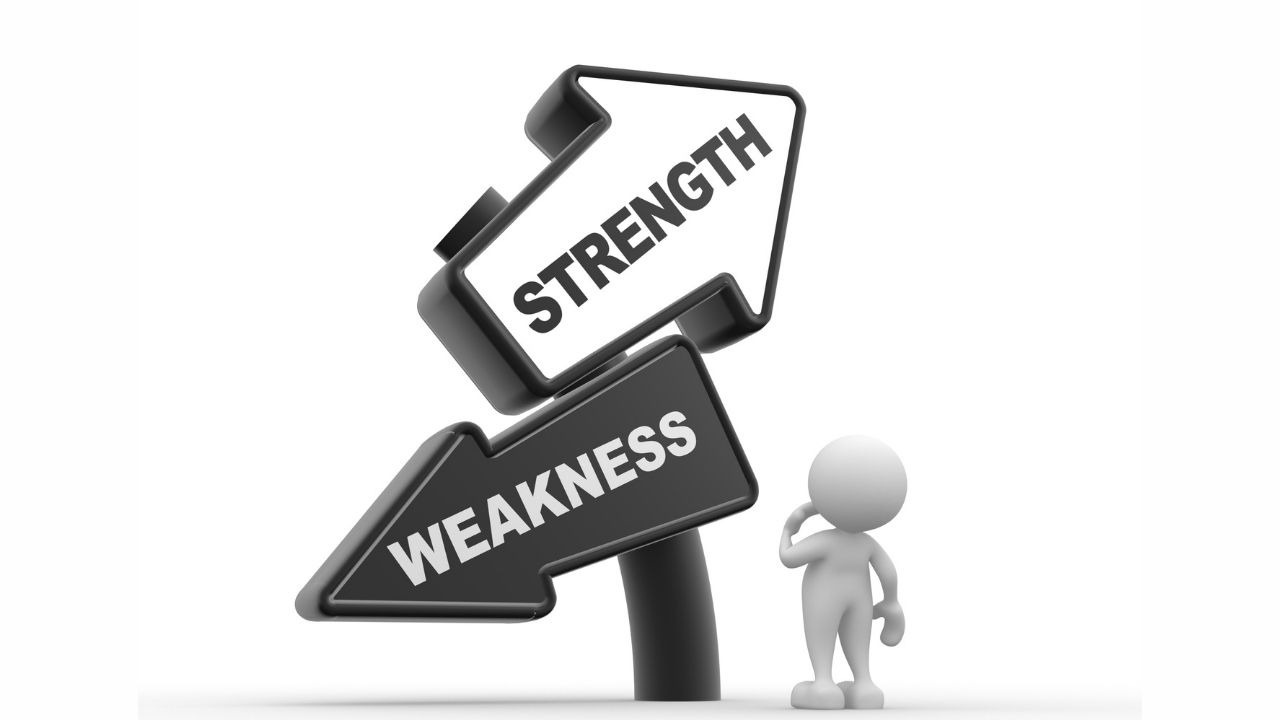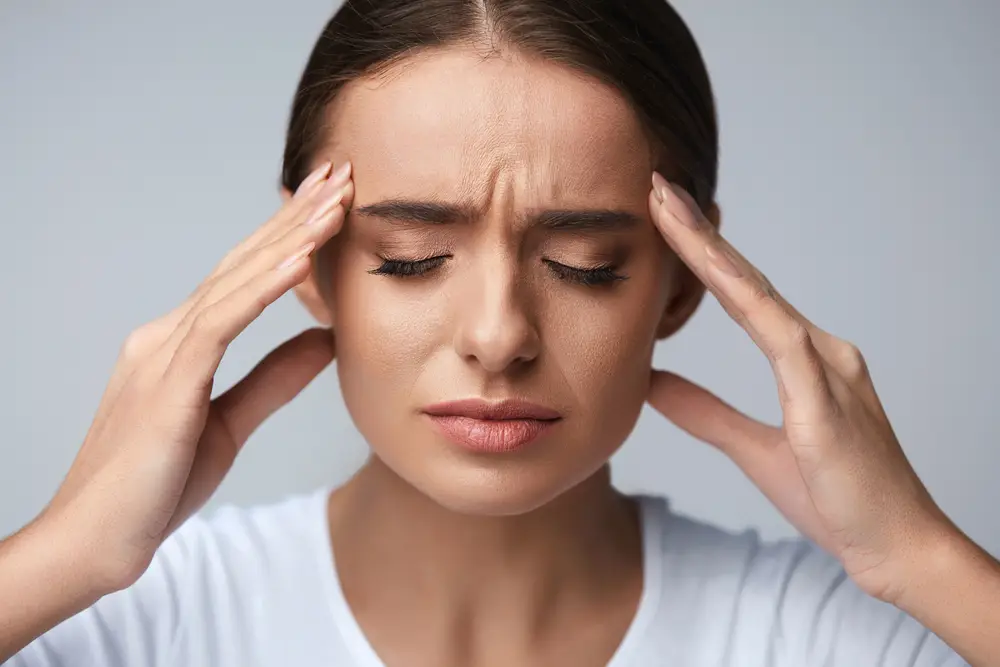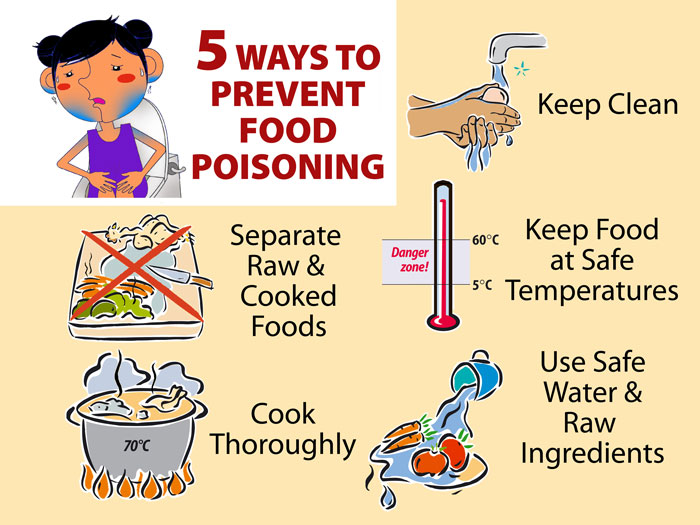Headaches are a very common condition that most people will experience many times during their lives. The main symptom of a headache is pain in your head or face. There are several types of headaches, and tension headaches are the most common. While most headaches aren’t dangerous, certain types can be a sign of a serious underlying condition.
A headache is a pain in your head or face that’s often described as a pressure that’s throbbing, constant, sharp or dull. Headaches can differ greatly in regard to pain type, severity, location and frequency.

Headaches are a very common condition that most people will experience many times during their lives. They’re the most common form of pain and are a major reason cited for days missed at work or school, as well as visits to healthcare providers.
While most headaches aren’t dangerous, certain types can be a sign of a more serious condition.
Types of Headache:
- There are more than 150 types of headaches. They fall into two main categories:
primary and secondary headaches.
Primary headaches.
Dysfunction or over-activity of pain-sensitive features in your head cause primary headaches. They’re not a symptom of or caused by an underlying medical condition. Some people may have genes that make them more likely to develop primary headaches.
Types of primary headaches includes.
- Tension-type headaches (most common type of headache).
- Migraine headaches.
- Cluster headaches.
- New daily persistent headaches (NDPH).

Some primary headaches can be triggered by lifestyle factors or situations, including:
- Alcohol, particularly red wine.
- Certain foods, such as processed meats that contain nitrates (food-triggered headaches).
- Consuming nicotine (nicotine headache).
- Changes in sleep or lack of sleep.
- Poor posture.
- Physical activity, such as exercise (exertion headaches).
- Skipped meals (hunger headache).
- Coughing, sneezing, blowing your nose, straining (such as when having a bowel movement), or laughing or crying vigorously (cough headaches).
- Primary headaches typically aren’t dangerous, but they can be very painful and disrupt your day-to-day life
Secondaey heacache.
An underlying medical condition causes secondary headaches. They’re considered a symptom or sign of a condition.
Types of secondary headaches that aren’t necessarily dangerous and resolve once the underlying condition is treated include:
- Dehydration headache.
- Sinus headaches.
- Medication overuse headaches.

Types of secondary headaches that can be a sign of a serious or potentially life-threatening condition include:
Spinal headaches: Spinal headaches are intense headaches that occur when spinal fluid leaks out of the membrane covering your spinal cord, usually after a spinal tap. Most spinal headaches can be treated at home, but prolonged, untreated spinal headaches can cause life-threatening complications, including subdural hematoma and seizures.
Thunderclap headaches: A thunderclap headache is an extremely painful headache that comes on suddenly, like a clap of thunder. This type of headache reaches its most intense pain within one minute and lasts at least five minutes. While thunderclap headaches can sometimes be harmless, it’s important to seek immediate medical attention. They can be a sign of:
- Head injury.
- Brain bleed.
- Reversible cerebral vasoconstriction syndrome.
- A sudden, severe rise in blood pressure.
- Difference between a headache and a migraine
- A migraine is a type of primary headache disorder.
A migraine is a common neurological condition that causes a variety of symptoms, most notably a throbbing headache on one side of your head. Migraines often get worse with physical activity, lights, sounds or smells. They usually last at least four hours or even days.
Symptoms and Causes:
Headache pain results from signals interacting among your brain, blood vessels and surrounding nerves. During a headache, multiple mechanisms activate specific nerves that affect muscles and blood vessels. These nerves send pain signals to your brain, causing a headache.
Headaches tend to run in families, especially migraines. Children who have migraines usually have at least one biological parent who also experiences them. In fact, kids whose parents have migraines are up to four times more likely to develop them.
Headaches can also be triggered by environmental factors shared in a family’s household, such as:
- Eating certain foods or ingredients, like caffeine, alcohol, fermented foods, chocolate and cheese.
- Exposure to allergens.
- Secondhand smoke.
- Strong odors from household chemicals or perfumes.
Headache symptoms require immediate medical care.
Symptoms and Causes
Overview
- Lifestyle factors that can trigger headaches include consuming alcohol or nicotine, changes in sleep, poor posture and more.
- Lifestyle factors that can trigger primary headaches include consuming alcohol, consuming nicotine, changes in sleep, poor posture and more.
What is a headache?
A headache is a pain in your head or face that’s often described as a pressure that’s throbbing, constant, sharp or dull. Headaches can differ greatly in regard to pain type, severity, location and frequency.
Top 7 reasons you have a headache
- Eating certain foods or ingredients, like caffeine, alcohol, fermented foods, chocolate and cheese.
- Exposure to allergens.
- Secondhand smoke.
- Strong odors from household chemicals or perfumes.
- What headache symptoms require immediate medical care?
- If you or your child has any of these headache symptoms, get medical care right away:
- A sudden, new and severe headache.
- Headache with a fever, shortness of breath, stiff neck or rash.
- Headaches that occur after a head injury or accident.
- Getting a new type of headache after age 55.
- Also seek medical care right away if your headache is associated with neurological symptoms, such as:
- Weakness.
- Dizziness.
- Sudden loss of balance or falling.
- Numbness or tingling.
- Paralysis.
- Speech difficulties.
- Mental confusion.
- Seizures.
- Personality changes/inappropriate behavior.
- Vision changes (blurry vision, double vision or blind spots).

Diagnosis & Tests
Tests
Overview
Lifestyle factors that can trigger headaches include consuming alcohol or nicotine, changes in sleep, poor posture and more.
Lifestyle factors that can trigger primary headaches include consuming alcohol, consuming nicotine, changes in sleep, poor posture and more.
Treatment
Treatment options for headaches include: Over-the-counter medications such as ibuprofen (Advil, Motrin IB), naproxen (Aleve), celecoxib (Celebrex, Elyxyb), acetaminophen (Tylenol), and aspirin may be given to temporarily relieve pain associated with headache.
You can treat the occasional, mild headache at home with over-the-counter pain relievers. Other self-care treatments for headaches include:
1. Applying heat or cold packs to your head.
2. Doing stretching exercises.
3. Massaging your head, neck or back.
4. Resting in a dark and quiet room.
5. Taking a walk.




